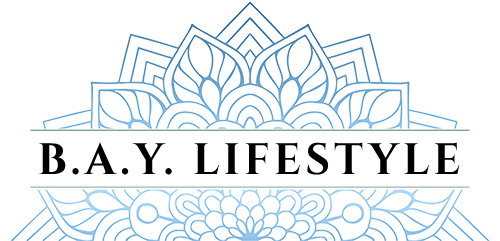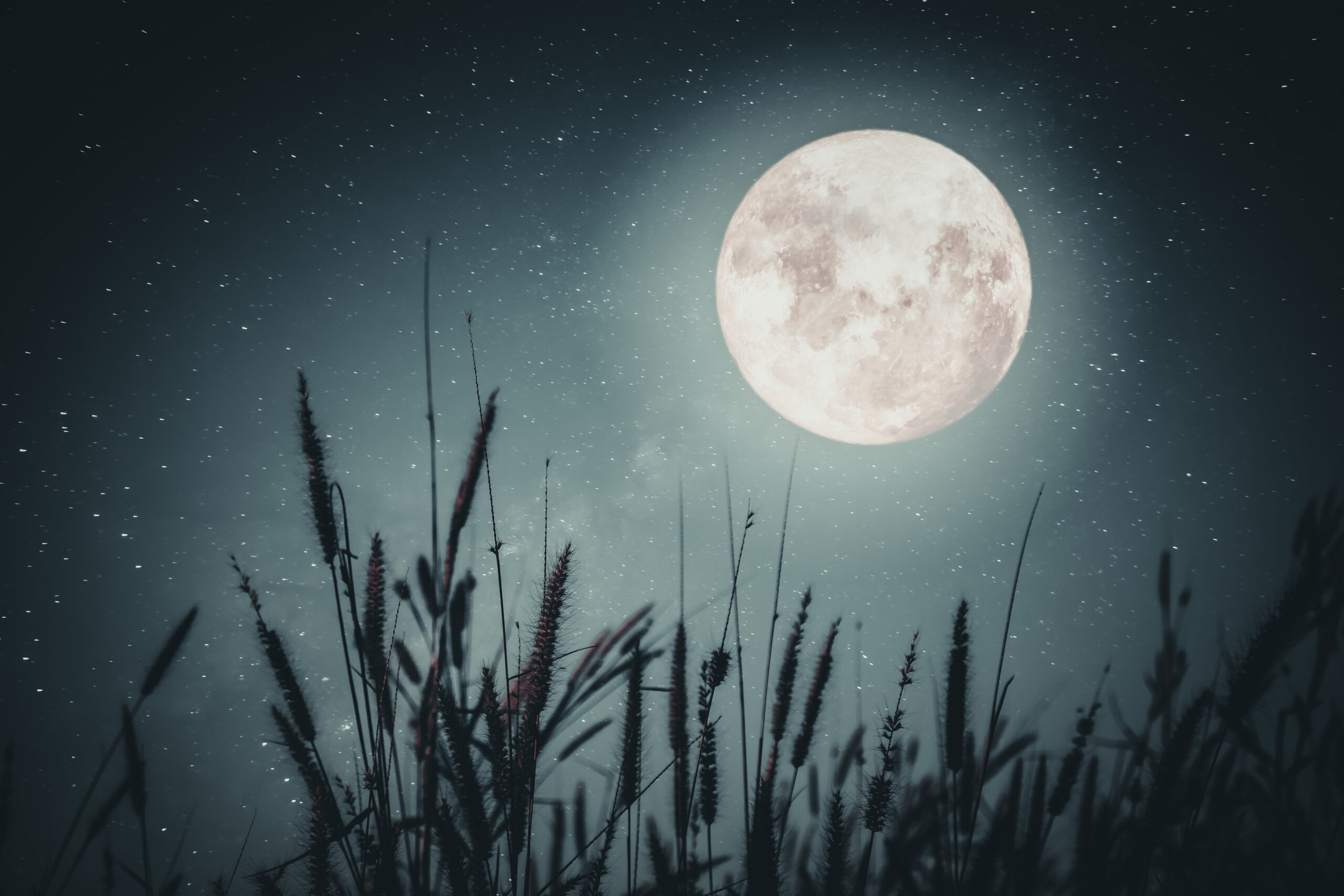The full moon, a celestial spectacle that has enchanted humanity for millennia, holds a significant place in our natural world and cultural heritage. As the moon reaches its fullest phase, casting a luminous glow over the night sky, it does more than just illuminate the darkness; it exerts a powerful influence on the Earth, particularly on its waters. This influence extends beyond the physical, touching the realm of human experiences and emotions, and even weaving its way into our language and perceptions of mental well-being. In exploring the full moon’s effect on tides, its impact on our bodies, and the intriguing origins of the term ‘lunatic,’ we uncover a fascinating interplay between celestial dynamics, human biology, and cultural folklore.
The connection between the full moon and the tides is a dance of cosmic forces, primarily governed by gravity. The moon’s gravitational pull on the Earth is a major factor in the creation of tides. During the full moon, the sun, Earth, and moon align in a configuration known as ‘syzygy,’ resulting in the combined gravitational forces of the sun and the moon working together to exert a stronger pull on the Earth’s oceans. This leads to higher high tides and lower low tides, known as spring tides, not named after the season but after the concept of ‘springing forth.’ This phenomenon showcases the intimate connection between the celestial movements and the rhythmic ebb and flow of Earth’s waters.
The moon’s influence, however, is not limited to the oceans. Given that the human body comprises a significant percentage of water, it’s been hypothesized that the moon could similarly affect us, potentially explaining why some people report changes in physical or emotional states corresponding with the lunar cycle. While scientific evidence on this matter remains inconclusive, the idea resonates with ancient traditions and beliefs that associate the lunar cycle with human behavior and health.
This connection between the moon and human behavior is also reflected in language, particularly in the term ‘lunatic.’ Originally deriving from the Latin word ‘lunaticus,’ which literally means ‘of the moon’ or ‘moonstruck,’ the term was historically used to describe individuals who exhibited erratic behavior, which was once believed to be influenced by the phases of the moon. Although modern science and psychology have moved away from these lunar associations, the term ‘lunatic’ has left a lasting imprint on the language, capturing the ancient and enduring fascination with the moon’s perceived impact on the human psyche.
The full moon’s journey across the sky is more than just a visual marvel; it’s a celestial event deeply woven into the fabric of our planet and our cultural heritage. Its influence on the tides serves as a reminder of the intricate connections between celestial bodies and Earth’s natural rhythms. Although the extent of the moon’s impact on our bodies and minds may still be a subject of speculation and folklore, the allure of the full moon continues to captivate our imaginations, inspiring tales, traditions, and terms that reflect humanity’s enduring fascination with this luminous celestial neighbor.

